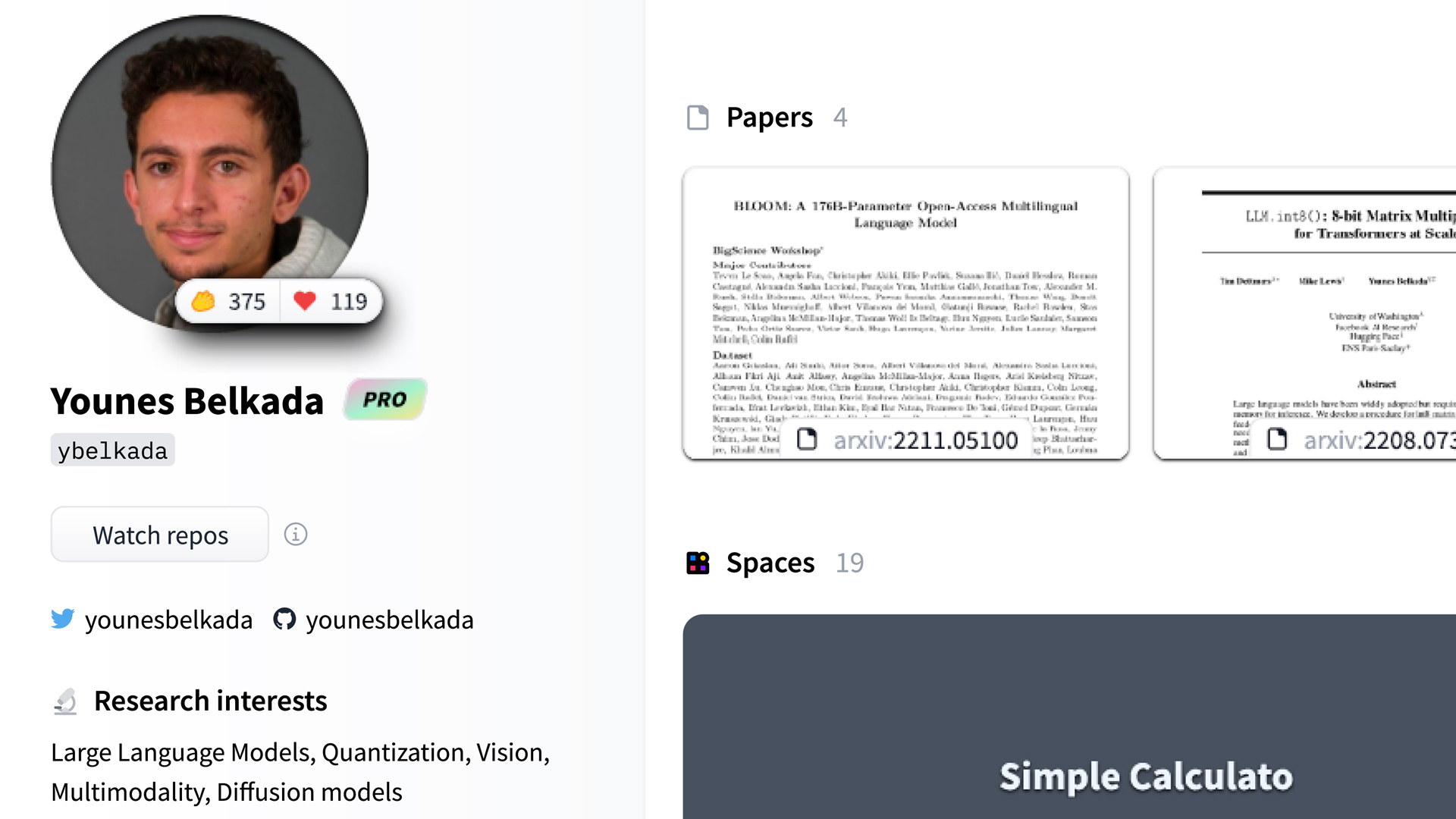Affiliate links on Android Authority may earn us a commission. Learn more.
What is Hugging Face?

If you’re an average Joe, or even Joe Tech, there’s a good chance you’ve never heard of Hugging Face — you might even think its emoji logo is a little creepy, like you’re being welcomed into a cult. Of course there’s nothing so sinister happening, as we’ll explain in this guide to the Hugging Face platform.
JUMP TO KEY SECTIONS
What is Hugging Face?

In short, Hugging Face is a company and platform focused on the development of AI/machine learning (ML) technologies. It’s similar to GitHub in that it serves up open-source content — while there are private repos, the apps, models, and datasets that people create are often out there for everyone to see. There are some more advanced functions intended for businesses and professional developers, but you can poke around a lot of the platform even if you’re in your first year of Computer Science classes.
The company started in a radically different place. Its original product was a chatbot for teens, but after the model for that bot was made open, the company did an about-face to become a machine learning platform. Since then it has attracted a number of high-profile investors, such as Amazon, Google, NVIDIA, Sequoia, and Salesforce.
Hugging Face features
The company’s website isn’t especially clear about what it provides, if we’re honest. Here’s a simpler breakdown.
- Profiles: All users get a personal profile showing the organizations they belong to, and their public activity spanning models, datasets, Spaces, and other aspects of the platform. This can even include links to research papers.
- Models: As of this writing the platform hosts over 420,000 models for functions like speech recognition, computer vision, image/video generation, and text generation, including Large Language Models (LLMs). They’re ultimately the heart of Hugging Face, and you can narrow your searches according to specific Tasks such as Conversation, Depth Estimation, or Zero-Shot Classification.
- Spaces: These are really web apps, meant to demonstrate a technology or even serve as the end product, depending on your ambitions. A base level of storage and processing power is provided by default, although you can pay to scale up performance. The apps themselves can be fun to experiment with even if you’re not interested in AI or ML development.
- Datasets: Models typically aren’t of much use without a dataset to train them on. These can vary wildly, from accounting data through to Wikipedia articles or sample French conversations. Currently there are over 84,000 datasets listed.
- Hosting/deployment: Through the HF Hub, all users are welcome to host an unlimited number of models, datasets, and Spaces, as well as create their own organizations and private repos. Businesses can upgrade to an Enterprise Hub, which includes benefits like deploying Inference (predictive tech using a trained model) on your own infrastructure. More on that in the next section.
- AutoTrain: This lets you you train and deploy AI models without any code, though supported Tasks are narrower. It supports CSV, TSV, JSON, and ZIP files, but you have to pay per-minute based on the resources used during training.
Is Hugging Face free?
All of its core features are free, by which we mean the ones in the HF Hub, which we’ve already explained. Many people will never need to go beyond it, even if they’re using Hugging Face professionally.
There are also two paid subscriptions:
- Pro ($9 per month): This unlocks Inference functions, as well as a higher tier of AutoTrain. You also get early access to new features — and if you care about it, a Pro badge on your profile.
- Enterprise Hub ($20 per user, per month): This includes audit logs, SSO and SAML support, Inference on your own infrastructure, and a choice of storage regions (namely the US, EU, or Asia).
There are two potential hourly charges, the second of which is aimed at Enterprise customers:
- Spaces Hardware (starting at $0.05/hour): This upgrades the computing power in Spaces, and unlocks more advanced apps. You can spend more to gain extra compute resources.
- Inference Endpoints (starting at $0.06/hour): These help deploy models to production using a cloud service you choose. Hugging Face promises enterprise-level security and fully managed autoscaling.
FAQs
No. Although it has raised hundreds of millions in funding, and was last valued at over $4.5 billion, it’s still private.
At the moment it’s self-owned, its CEO being Clément Delangue.
Yes, it hosts many thousands of open-source models and datasets.